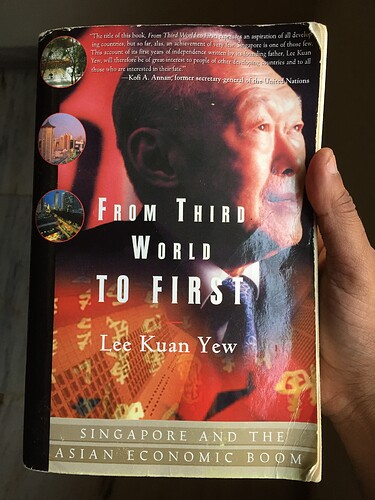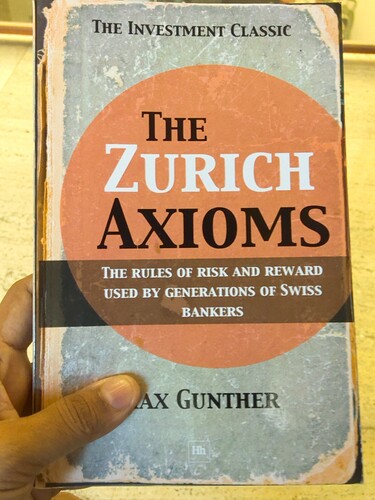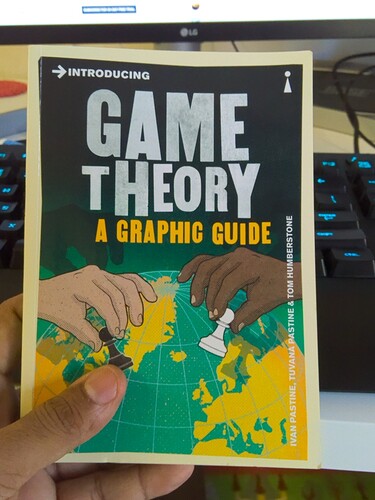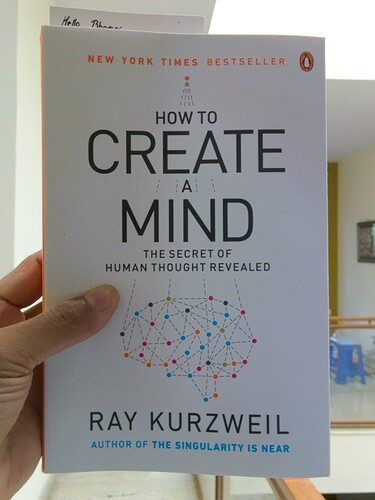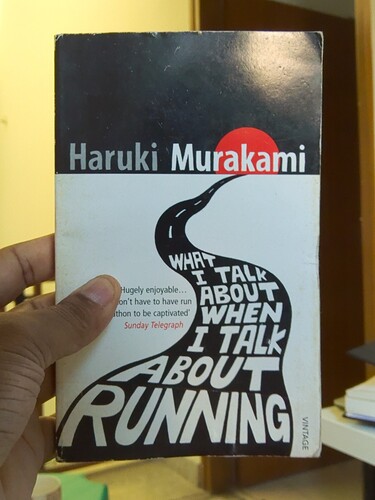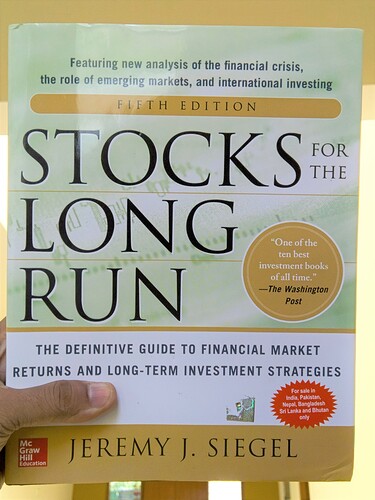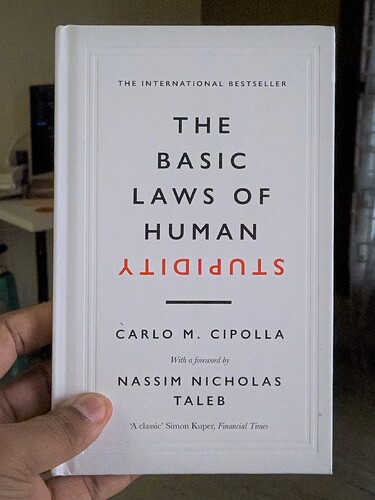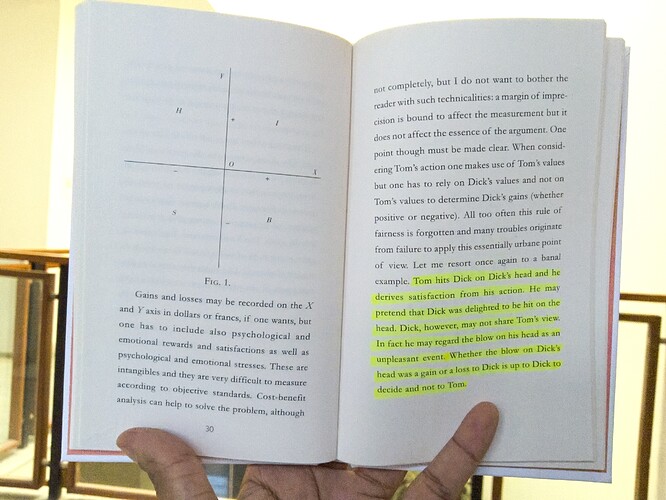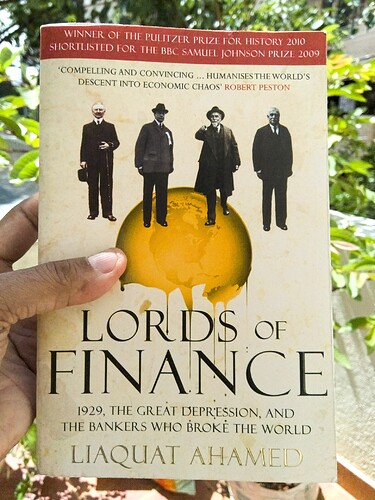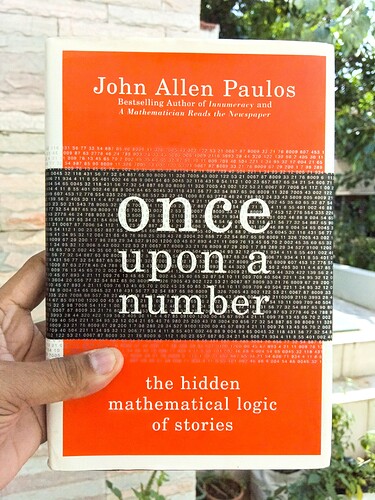From Third World To First - Lee Kuan Yew
This is an autobiography of Lee Kuan Yew, who was the Prime Minister of Singapore from 1959 to 1990 (~30 years).
My take on this book
In today’s political discourse, terms like authoritarian, suppression of freedom of speech, suppressing the media, black day in democracy etc. are used freely by political opponents & media alike. This book gave me a perspective of things from the point of view of a Prime Minister and taught me how one has to make difficult and some times unpopular decisions in the greater interest of the nation. Also, the leader must always do the right thing, without caring about their perception, popularity, opinion polls etc.
Singapore’s journey
Singapore is known for its stability, growth, and prosperity. It is one of the richest countries on the planet. However back in the 1950s, few gave Singapore a chance of survival. A tiny nation of ~ 650 sq. km. with no natural resources, Singapore went through some hard times.
Singapore was not a natural country but man-made one, a trading post the British had developed into a nodal point in their worldwide maritime empire.
- British Colony
- War with Japan (1942)
- Brutal Japanese Occupation (1942 to 1945)
- 1945 to 1962, British regain control, but there some uncertainty about the British leaving Asia, putting tiny Singapore’s territorial sovereignty in doubt
- 1962 to 1965, Singapore becomes an autonomous state of Malaysia
- 1965 Singapore leaves Malaysia, becomes an independent country
Lee Kuan Yew presided over a turnaround in the economic fortunes of his nation, taking it from a colonial backwater to its status as one of the richest places on the planet.
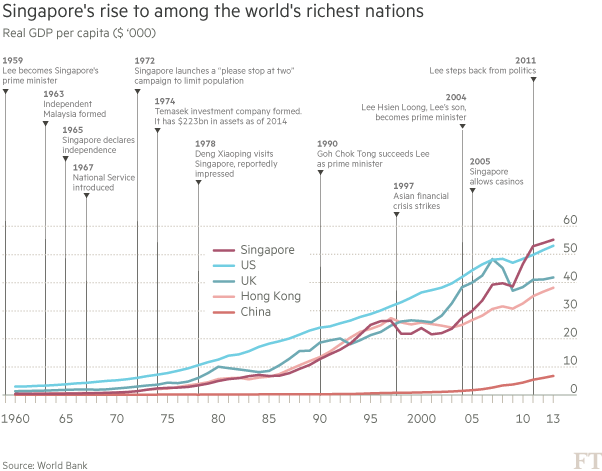
Influence of Confucianist Values
Individualism - the West v/s Lee Kuan Yew’s Policy
It is evident that Lee Kuan Yew is strongly influenced by Confucian values. Confucian values, as he explains place the interests of the community higher than those of individuals. This he believes is one of the greatest differences between the Eastern and the Western civilizations.
Dealing with the communists with an iron fist
The values do not just explain Yew’s strong attachment to his own family. They permeate every aspect of society. For example, Yew defends his decision to retain detention without trial in the laws of Singapore on the basis of Confucian values. He explains that according to Confucian values, he had a responsibility to place the interests of the community above those of the individual. He accordingly had to act firmly against communist subversives against whom it was impossible to get anyone to witness against in open courts.
Importance of order, hard work & respect for elders
Another of the Confucian values that he emphasizes is the importance of order. He believes that freedom, as propagated from an American viewpoint, leads to the breakdown of public order and this is evidenced by the widespread use of drugs, gun violence, use of vulgar language in public, consumerism, and vagrancy as seen in American societies.
In contrast, the Confucian doctrine teaches a culture of hard work, thrift, and respect for elders and “for scholarship and learning”.
He explains that to preserve the people’s moral and social values, the government had reinforced the inherited values of honesty, respect to parents, hard work and thrift, and loyalty to country and friends. They had as well punished the “dark side of Chinese Confucianism” namely nepotism, favoritism, and corruption
Anti-Corruption Agenda
In 1960, courts were allowed to treat proof that an accused was living beyond his or her means or had property his or her income could not afford as corroborating evidence that the accused had accepted or obtained a bribe.
The Corrupt Practices Investigation Bureau (CPIB) was empowered gradually, particularly through legislation, that gave powers to investigators to arrest, search and investigate bank accounts, bankbooks of suspected persons, their children, their wives and their agent.
These are some of the unique features of Singapore’s anti-corruption laws, pioneered by Lee Kuan Yew. This is quite in contrast with the Western laws where the burden of proof lies with the prosecution.
Unpopular decisions & controversies
Lee Kuan Yew was known for not giving a damn about his popularity or opinion polls or criticism by the media. This is evident in many of his decision, unpopular at the time, but in the long term interest of Singapore. Here are some of the examples:
Education
Singapore is a multiracial and multicultural country:
- Mandarin-speaking Chinese(76%)
- Malay-speaking Malays, (15%)
- Mostly Tamil-speaking Indians (7%)
Singapore has 4 official languages - Malay, Mandarin, English and Tamil.
Singapore’s leaders realized the need to promote English medium schools considering that Singapore would become a major international trading centre. This was however politically expedient with many Chinese parents arguing that their children should get educated in Chinese so that they don’t lose their identity.
Yew campaigned for the prominence of English language because it would be the best neutral alternative to the three mother tongue languages that were used in the island namely Chinese, Malay and Tamil.
He met great opposition when he tried to have a Chinese language university, Nanyang University adopt teaching in English. The problem was however solved when Nanyang University was merged with the English language Singapore University. The damage had however been done for thousands of Nanyang university graduates who would experience difficulties when trying to look for jobs in a market that had grown to value English language dearly. The irony of the whole English-Chinese debate is the fact that Kuan himself thought that children educated in Chinese exhibited greater “vitality, dynamism, discipline and social and political commitment.” Those educated in English on the other hand, portrayed “apathy, self-centredness and lack of self-confidence.”
To preserve the best aspects of the Chinese schools, Kuan preserved the best nine Chinese schools under a special program in which English was taught alongside Chinese.
Marriage
In 1983, it occurred to the Prime Minister that many of the educated women in Singapore remained unmarried with men choosing to marry women who were less educated than themselves. The Prime Minister made this discovery when perusing through the report of the 1980census. He also discovered that more educated women were getting fewer children compared to their uneducated counterparts.
In a televised address to the nation, Yew challenged the young men to consider marrying persons of equivalent intelligence and training. He argued that if they hoped to raise intelligent children, it was important that they consider intelligent spouses, saying that intelligence is more of a factor of nature and not nurture.
This debate brought a stronger backlash than he had anticipated.Graduate women were angry with him for having highlighted their plight. Uneducated women and their parents were angry with him because he had dissuaded graduate men from marrying them. In the elections coming in 1984, PAP lost 12 percent of the vote as a result of this debate. This however did not deter Kuan Yew from placing social facilities where the government modified the role of the traditional match maker to meet the demands of the modern times.
Curbs on Newspapers
Lee Kuan Yew was of the belief that the press was only as free as it needed to be to serve Singapore. He made sure that only he and his government could set the agenda for Singapore, not the press. Here is a link to his speech on press freedom.
Yew accused many English & Malay newspapers of being blatantly biased against and very critical of PAP (Yew’s political party). He believed that many of them were working for British, American or Chinese interests. The government setup investigation teams and exposed many Chinese, Malay & English newspapers when they took funds from foreign governments. The government then declared a policy of not allowing any foreign ownership of newspapers.
In 1986 the govt. enacted laws to restrict the sale and distribution of foreign publications that had engaged in the domestic politics of Singapore. A test to determine this was - if the paper published something, which the govt thought was untrue of erroneous, then they were obliged to print the govt’s reply on the topic. Failing which, curbs on number of copies would be enforced.
Kuan Yew also explains how he weathered the fury of the western press with regard to his firm belief that “newspaper owners had the right to print whatever they liked.”
Dealing with adversaries & foreign ideologies (mostly China & US)
Yew explains that in all political confrontations, he had two considerations to make when dealing with opponents: First, he would check whether they were operatives used by communists to destabilize Singapore. The other consideration would involve checking whether the involved were sponsored by foreign agencies to propagate foreign ideology in Singapore.
Yew gives a blow-by-blow account of how he managed to break the domination of communism in Singapore long before the collapse of the same in the Soviet Union. He then narrates the story of Francis Seow, a former solicitor general; whom he believed was sponsored by the United States through a counsellor in the US embassy to lead an opposition group. Seow had gained influence through the Law Society of Singapore. Yew explains how he exposed the schemes of Seow and how he (Seow) eventually took up political asylum in the Unite States. He also raised protestation to the US over involvement in local politics, an issue that the US chose not to follow through.
This is just one of countless examples detailed in the book.
Detention without trial
Similar criticism came from western governments regarding his human rights record especially with regard to his views on detention without trial.In all these controversies, Kuan Yew stands to show himself a courageous fighter who subordinates his conviction to nothing. That should be explained by his unapologetic assertion that “If this is a nanny state, I am proud to have fostered one.”
Public Housing Program & forceful urbanisation
By the 1950s, Singapore struggled to accommodate wave after wave of immigrants who settled there, growing haphazardly until Raffles ordered up its first proper urban plan – with gridded streets, commercial zones and ethnically segregated residential districts – in 1822.
Lee established the mighty Housing and Development Board (HDB) in 1960, the division of the Ministry of National Development charged with building public housing. It immediately began putting up 10 to 15-storey tower blocks, adding more than 50,000 units of housing to the city within the first five years of its existence. Today, more than 80% of Singapore’s population live in HDB buildings
First, though, the HDB had to tackle the issue of 240,000 squatters, many of them migrants from Malaysia, who had appeared in Singapore during the 1950s. Many of them were farmers living with livestock (pigs, sheep etc), living in rural areas strewn across Singapore. Lee’s govt. forcefully moved them to the urban housing apartments (built by HDB), against the wishes of the people. Lee deemed this necessary if Singapore was to attract industry, provide them with land for offices & factories and move the economy from a agriculture driven one to an industrialized one.



